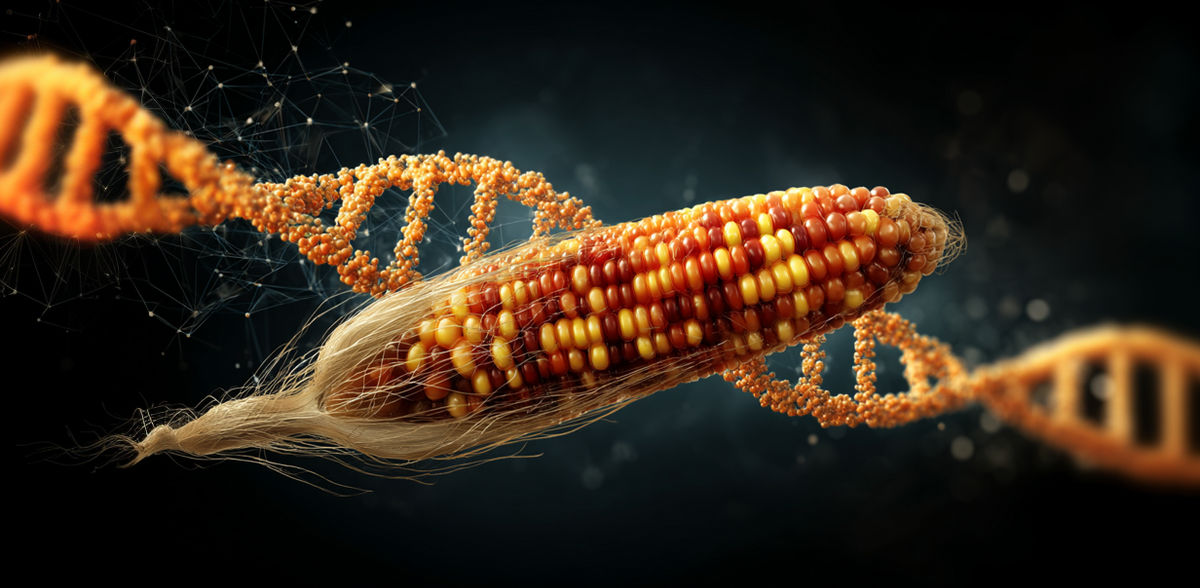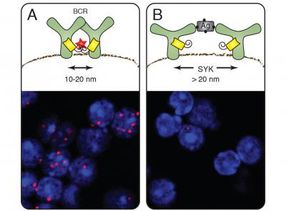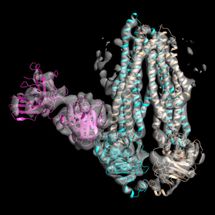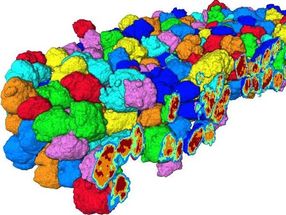ChatGPT grows insect-toxic genetically engineered plant
Blind spot in the EU draft law on genetic engineering
Advertisement
For the first time, it has been proven that artificial intelligence (AI) can be used to design a genetically modified plant that is toxic to insects but can be released without risk assessment under the EU's draft genetic engineering legislation.
With the help of a publicly available version of the AI bot ChatGPT 4o, a joint proof-of-concept project by the Aurelia Foundation, Testbiotech and Save Our Seeds (SOS) was able to generate the blueprint for an insect-toxic maize that meets all the conditions of the EU's current draft GMO legislation to be released without risk assessment.
The joint project of the three NGOs shows that a science-based case-by-case assessment of environmental risks posed by new genetically engineered plants is urgently needed.
An insect-toxic NGT 1 maize is obviously not harmless to insects
The insect-toxic genetically engineered maize is a so-called NGT 1 plant. NGT 1 genetically engineered plants may not contain any foreign genetic material and can be modified at a maximum of 20 sites in the genome. The EU Commission considers NGT 1 plants to be harmless and therefore wants to allow their release without an environmental risk assessment. However, as the insect-poisonous NGT 1 maize clearly shows, Kl-supported genetic engineering can also be used to create NGT 1 plants that pose risks to pollinators and other insects, which must be investigated.
Blind spot in the EU genetic engineering bill: AI-assisted genetic engineering
However, AI-assisted genetic engineering does not feature at all in the Commission's draft legislation. The insect-poisonous NGT 1 maize can therefore be seen as a warning that the EU's proposals for regulating genetically engineered plants are inadequate and dangerous and are already outdated even before they could come into force. The use of artificial intelligence (AI) has initiated a profound transformation of biotechnology. The EU Commission is lagging behind.
Insect-toxic NGT 1 maize is not harmless to insects
ChatGPT suggested various species such as tomato or soy as possible candidates for insecticidal NGT 1 plants. Subsequently, Testbiotech used AI to design an NGT 1 maize plant that produces a permanently increased amount of an insecticidal protein (serine protease inhibitor, SPI). SPIs are also naturally produced by maize plants in stress situations. However, this is only temporary. If feeding insects ingest large quantities of SPI with the plant, digestion is disrupted. As a result, the animals can starve to death - mortality increases. This applies in particular to butterflies (Lepidoptera) such as the European corn borer (Ostrinia nubilalis). The European corn borer is considered an insect pest in maize cultivation. However, insecticidal plants can be toxic not only to the targeted pest species, but also to non-target organisms such as bees and other pollinators.
Even "small" interventions in the plant genome can endanger bee health
The EU Commission, Parliament and Council are currently still negotiating the relaxation of genetic engineering legislation. The argument that a risk assessment can be dispensed with for NGT 1 plants because such plants do not pose a higher risk than conventionally bred plants has now been clearly refuted.
However, this comes as no surprise to experts. Back in early 2024, the French environmental protection and food safety authority Anses contradicted the narrative of harmless NGT 1 plants in a comprehensive report. In its report, Anses concludes that the arbitrarily defined threshold of 20 genetic modifications for plants without risk assessment is "scientifically insufficiently justified" and offers no guarantee for the safety of NGT plants.
Other European environmental authorities and scientific institutions such as the Federal Agency for Nature Conservation (BfN) and the Society for Ecology (GfÖ) have also been calling for a case-by-case risk assessment for all genetically modified plants for some time. This is because even "small" interventions in the plant genome, for example to change the fatty acid pattern in oil plants, can endanger the health of bees and other pollinators. (Koller et al. 2023)
Note: This article has been translated using a computer system without human intervention. LUMITOS offers these automatic translations to present a wider range of current news. Since this article has been translated with automatic translation, it is possible that it contains errors in vocabulary, syntax or grammar. The original article in German can be found here.
























































